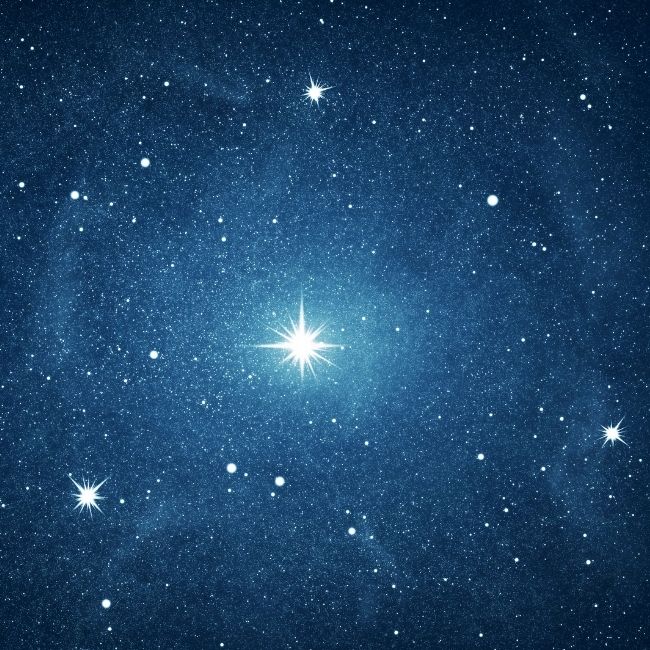
The riddle of the Oldest Star’s age!
Recommended for Secondary Grades
In the universe, HD140283 is known as Methuselah. It’s the oldest star in the universe. Astronomers calculated the star is about 16 billion years old but the universe is 13.8 billion years old.
What is a star?
A star is nothing more than a compact ball of hydrogen and helium gas.
The riddle of the Oldest Star’s age!
In 2000, scientists used the European Space Agency’s Hipparcos satellite to look at Methuselah. They found that it was 16 billion years old.
Such a figure was a bit of a puzzle. According to research, the universe has been around for 13.8 billion years. How can this be true for a star that has been around longer than the universe itself?
Interesting facts about Methuselah!
- When Methuselah covers the moon in the night sky every 1,500 years, it looks like the moon is spread out across the sky.
- You can’t see Methuselah with the naked eye, you need a telescope.
- It has half the amount of iron as our sun.
- Astronomers started watching Methuselah more than 100 years ago.
- The strange star moves across the sky at 800,000 mph (1.3 million kilometres per hour).
The riddle of the Oldest Star’s age, the mystery deepens!
It was clear to the experts that the star had been around a while. The composition of the star is mostly hydrogen and helium with very little iron. This meant that the star was formed when helium and hydrogen were common and before iron.
After numerous studies and observations, scientists believe something bigger and more complicated is going to happen. And, this is because of the mystery of the age of HD 140283. This will change what we know about how the universe works.
Some of the most likely reasons for the contradictions are that we haven’t seen something that we should have, or that we don’t know enough about how the universe is expanding. How to figure out what “something” is going to keep astronomers busy for a long time.
Be sure to check out this informative Youtube video on “How a star is born?”, shared by the “Science Channel”.
Curious Times is a place where we’re passionate about what we do. Consequently, we work hard every day to give our young readers the greatest possible experience and information. We also use Curious Times Weekly, The Curious Magazine, and My Expressions to communicate with our audience. As a result, our content is exciting and interesting for our readers.
Schoolchildren from all around the world appreciate and enjoy our materials. So, we’re always looking for ways to improve, and are curious to hear from you. This, above all, assists us in providing better service to you.
Thus, what sort of news stories capture your interest? In the comments section below? Please share your thoughts! For the simple reason that we enjoy hearing from our young readers. The following social media platforms allow you to communicate with us: WhatsApp, Instagram, Facebook, Youtube, Twitter, LinkedIn.
0 (Please login to give a Curious Clap to your friend.)
